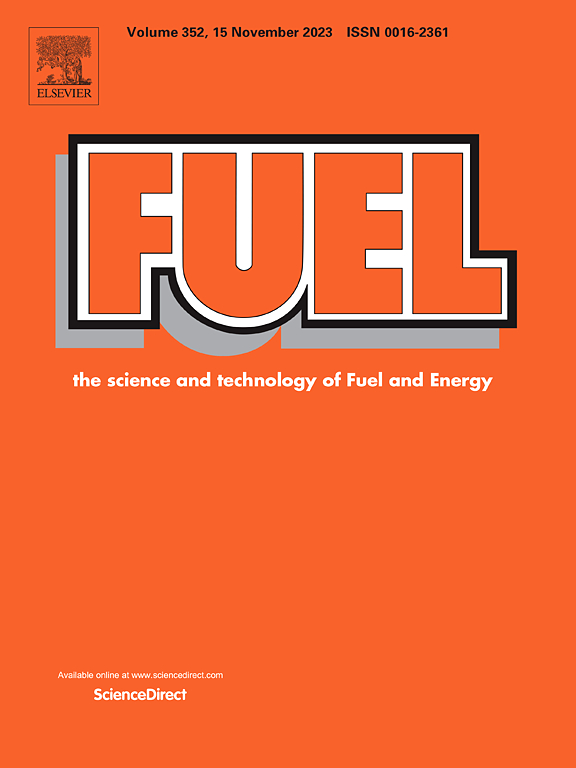Fluid transport driven by geothermal gradient and its impact on the storage characteristics of CO2 hydrates
IF 6.7
1区 工程技术
Q2 ENERGY & FUELS
引用次数: 0
Abstract
Carbon capture and storage (CCS) is a crucial strategy for mitigating global warming. The long-term sequestration of CO2 by storing it as hydrates in marine sediments represents a potentially viable solution. Notably, most marine sediments exhibit a geothermal gradient, which significantly affects hydrates’ formation characteristics and spatial distribution. This study examines the impact of the geothermal gradient on CO2 migration and sequestration, focusing on primary and secondary injections. More than 50 % of the reservoir’s water remains unutilized after the secondary injection, but the final gas conversion differs by 10 %. The findings indicate that gas diffusion is the primary factor influencing the formation of hydrates. Furthermore, gas transport mechanisms differ between primary and secondary injections under the geothermal gradient. During primary injection, the gas migrates through the sediment in a sequence comprising top accumulation, rapid diffusion, and top accumulation. During secondary injection, heat is cycled back and forth through the reservoir along with the phase transition of CO2. A comparison of the primary and secondary injection processes revealed a stepwise distribution of hydrate formation, with the highest yield occurring in low-temperature zones and the lowest in high-temperature zones. These findings contribute to a more nuanced comprehension of CO2 storage within marine sediments.
求助全文
约1分钟内获得全文
求助全文
来源期刊

Fuel
工程技术-工程:化工
CiteScore
12.80
自引率
20.30%
发文量
3506
审稿时长
64 days
期刊介绍:
The exploration of energy sources remains a critical matter of study. For the past nine decades, fuel has consistently held the forefront in primary research efforts within the field of energy science. This area of investigation encompasses a wide range of subjects, with a particular emphasis on emerging concerns like environmental factors and pollution.
 求助内容:
求助内容: 应助结果提醒方式:
应助结果提醒方式:


